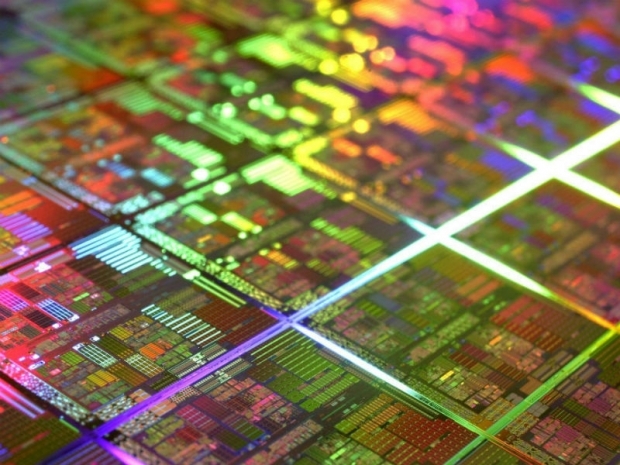AMD's highly anticipated Fiji GPU is a 28nm design, and so are the GM200 based GPUs that ended up in Nvidia's latest Titan X cards. The Geforce GTX 980 based on GM204 GPU is also manufactured in 28nm manufacturing node at TSMC. Back in November, we said there was simply no place for 20nm GPUs in 2015. The yields are horrible and this is one of the reasons why neither Nvidia nor AMD went for TSMC's 20nm node.
The future is at least a bit brighter, as the successor to AMD Fiji, codenamed Greenland, will focus on lower power. AMD hopes to win the hearts of notebooks manufacturers and decrease the overall power consumption of its desktop GPUs too. It worked well for Nvidia'a Maxwell and AMD hopes it can get the same effect too. We hear that the second generation High Bandwidth Memory (HBM2) is also part of the Greenland spec and as we have mentioned before HBM2 memory doubles the bandwidth and doubles the maximum memory size for the future cards.
14nm, HBM 2, Pascal, Greenland, interposer
Our early information is that Greenland will be made in GlobalFoundries / Samsung's 14nm manufacturing process and it is not clear if AMD will stay loyal to TSMC for its GPUs and use its 16nm manufacturing process. Korea Times thinks that Nvidia might go after Samsung's 14nm instead of 16nm TSMC manufacturing process for its next generation GPUs, but we are not convinced.
Nvidia's Pascal is also a lower power HBM part that is scheduled to come in 2016, and one can only speculate whether this is a TSMC 16nm GPU or 14nm GlobalFoundries / Samsung one. The bottom line is that after many years of 28nm products, GPU industry will finally move to a smaller manufacturing node and if you think about it you can put four times the transistors on 14nm on the same die size. GM200 has 8 billion transistors on its 28nm at 601 square millimeter die size and with the rough math; you would be able to place 32 billion transistors in 14nm on the same space. However, it's not that simple and we won't see such a linear improvement, since we are dealing with a non-planar node.
With Fiji, and Greenland later in 2016, we expect AMD to become more competitive and regain some of its lost GPU market share, but Nvidia won't simply stand by and hand over the market. Nvidia will fight Fiji with a faster GM200 based Geforce GTX 980 TI card, performance driver, and later with Pascal High Bandwidth Memory supporting graphics card too. It will be a fun second part of 2015 and 2016 is bound to be a very eventful year for the GPU market.




